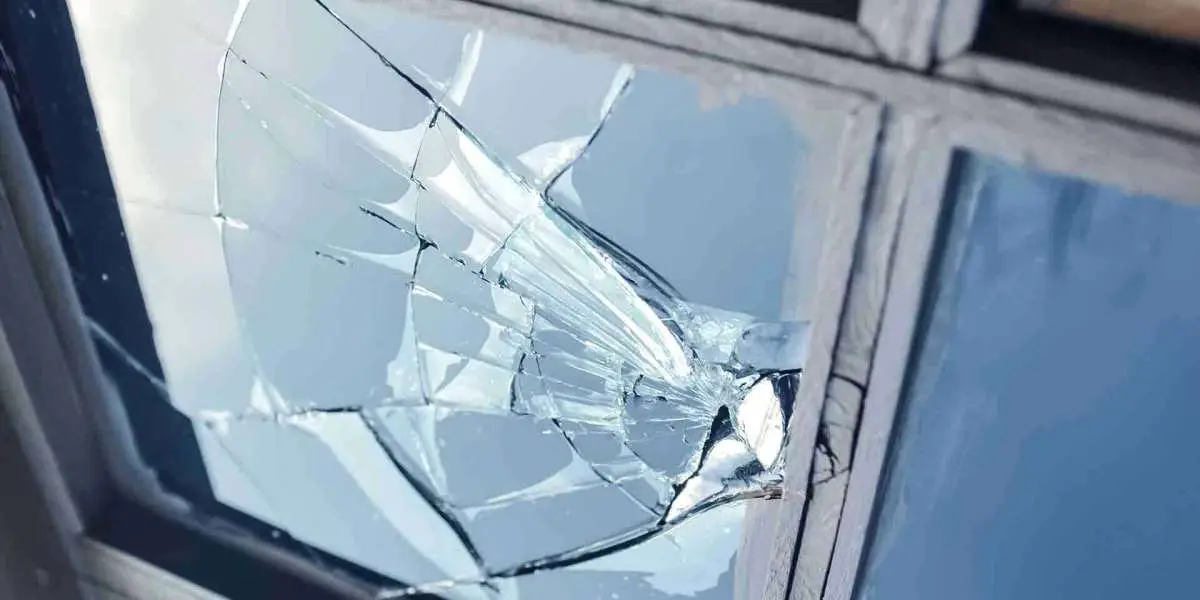Broken glass windows can be a nuisance, but fear not! With the right knowledge and tools, you can tackle this issue head-on. In this guide, we'll walk you through everything you need to know about repairing broken glass windows, from understanding the causes of breakage to step-by-step repair techniques.
1. Understanding the Causes of Breakage
Broken glass windows can result from various factors, including accidental impacts, extreme weather conditions, or structural issues. Understanding the root cause can help prevent future breakage.
2. Assessing the Damage
Before diving into repairs, carefully assess the extent of the damage. Is it a small crack or a shattered pane? This will determine the necessary steps for repair.
3. Gathering the Necessary Tools
To broken glass window repair, you'll need essential tools such as safety gloves, goggles, glass cutter, putty knife, and replacement glass. Make sure you have everything on hand before starting.
4. Safety First: Precautions Before Repair
Safety should always be a priority. Before beginning any repair work, ensure you're wearing protective gear and that the area around the broken window is clear of debris.
5. Removing Broken Glass Safely
Carefully remove any remaining glass shards from the window frame using a putty knife or vacuum. Be cautious to avoid injury during this process.
6. Preparing the Window Frame
Clean the window frame thoroughly to remove any dirt or old putty. This will ensure a smooth surface for the new glass to adhere to.
7. Choosing the Right Replacement Glass
When selecting replacement glass, consider factors such as thickness, transparency, and insulation properties. Opt for high-quality glass that suits your specific needs.
8. Installing the New Glass
Carefully place the new glass pane into the frame, ensuring it fits snugly. Use glazing points or silicone caulk to secure the glass in place.
Read More: Finding the Best Cat Flap Fitters Near You
9. Sealing and Finishing Touches
Apply a thin layer of putty or caulk around the edges of the glass to create a watertight seal. Smooth out any excess putty for a polished finish.
10. Tips for Preventing Future Breakage
To minimize the risk of future breakage, consider installing protective films, reinforcing glass with safety film, or adding security measures such as window bars.
11. Hiring Professionals: When to Consider
While DIY repairs are feasible for minor damage, extensive or complex repairs may require professional assistance. Know when it's best to call in the experts.
12. Cost Considerations: DIY vs. Professional Help
Compare the costs of DIY repairs versus hiring a professional. Factor in the value of your time, skill level, and the potential for additional expenses.
Frequently Asked Questions (FAQs)
Q: Can I repair a broken glass window myself?
A: Yes, minor repairs like small cracks or chips can often be handled DIY. However, for extensive damage or if you're unsure, it's best to consult a professional.
Q: How much does it cost to repair a broken glass window?
A: The cost varies depending on factors like the extent of damage, type of glass, and whether you opt for DIY or professional repair. It can range from a few dollars for DIY kits to hundreds of dollars for professional services.
Q: How long does it take to repair a broken glass window?
A: Simple repairs can be completed in a few hours, while more complex repairs may take longer. Factors like drying time for sealants and curing time for adhesives can also affect the overall timeline.
Q: Can I reuse the old glass for repairs?
A: It's generally not recommended to reuse broken glass for repairs, as it may compromise the integrity of the window and pose safety risks. It's best to opt for new, undamaged glass for replacements.
Q: Are there any temporary fixes for broken glass windows?
A: Yes, you can use temporary solutions like clear packing tape or plastic sheeting to cover broken windows temporarily. However, these should only be used as a short-term fix until proper repairs can be made.
Conclusion
Repairing broken glass windows may seem daunting, but armed with the right knowledge and tools, it's a manageable task. Remember to prioritize safety, assess the damage accurately, and consider whether DIY repairs or professional help is the best option for your situation. With these tips, you'll have your windows looking as good as new in no time!



